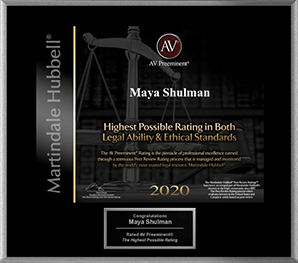A business owner who is about to divorce faces the question of what will happen to the business. Some companies do not survive a divorce because the spouse of the owner can lay claim to some of the company’s value. As a result, the owner may have to sell the business to pay the spouse his or her share of the value. A postnuptial agreement, however, may help a business owner to prevent this from happening.
A postnuptial agreement is like a prenuptial agreement, except couples compose postnuptials after tying the knot. As explained by Forbes, postnuptial agreements can address many issues that may come up during a divorce, including the fate of a business owned by one or both members of a married couple.
Addressing issues that may come up in divorce
If both spouses have ownership interest in the business, a postnuptial agreement can spell out how to sell off the business. As an alternative, a postnup can also describe how one spouse can buy out the other, allowing one of the spouses to hold on to the business after the divorce.
Business owners can also use a postnuptial to establish how to valuate the business. This is crucial because a business will require valuation in a divorce. Because of the number of ways to evaluate a business, a couple should settle on a method as early as possible. Otherwise, there could be disputes over how to arrive at the business value later on.
Clarifying loans using business assets
Postnuptial agreements can also straighten out issues involving business and personal assets. Business owners that use business money to pay for personal expenses may run into trouble. A divorce judge may look at the transaction as commingling business assets with marital assets and may award the spouse of the business owner a greater share of the business value.
According to Forbes, with a postnuptial agreement, a business owner and a spouse can establish how to use loans derived from business assets and explain whether they are for personal or business expenses. Couples may add some more clarity by documenting the expenses covered by the loan and whether the business owner used business or personal assets to repay the loan.







